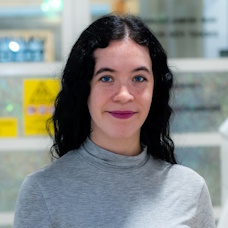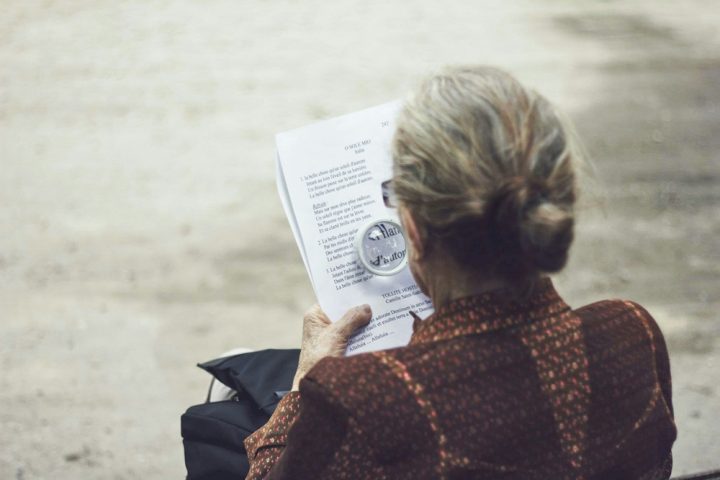Understanding Alzheimer’s: Healthy aging for everyone!

Where do you see yourself when you are 65 years old? Have you ever thought about what will you do after you retire? Whatever it is you plan to do, you probably hope to be healthy enough to enjoy those years of well-deserved rest – I hope so too! However, aging comes with challenges. As you acquire experience and learn about the world, your brain also changes. You might improve some skills, such as critical thinking, but you might find yourself unable to continue carrying out other activities. And this is normal, even in healthy aging. But how can we differentiate between healthy elderly and those who are developing a memory disorder?
A memory disorder should always be diagnosed by a specialized doctor. That being said, researchers have tools that can detect even subtle changes in the brain, which can provide very useful insights to understand what happens to the brain as it evolves towards a disorder like dementia.
Alzheimer’s disease is the most common form of dementia. There are over thirty million people in the world who have been diagnosed with this disease. Genetics can make some people more likely to get Alzheimer’s, but this is not the only factor. We now know what the general “red flags” for Alzheimer’s are in the brain, but we still do not fully understand what happens in the brains of individuals at genetic risk. It is likely that there are many answers to this question, since Alzheimer’s is a complicated disease.
In Alzheimer’s research, the focus has commonly been on brain structures, but connections are also affected. The first results of my doctoral thesis show that brain connections are already abnormal in healthy older adults who are at genetic risk of Alzheimer’s. These alterations might be crucial to understanding what makes these people so vulnerable to Alzheimer’s disease. During the rest of my project, I will keep exploring the brains of at-risk participants so we can understand how these new findings can be integrated with everything we already know about Alzheimer’s. We hope that our results will contribute to the dream of making healthy aging possible for everyone!
Claudia Tato Fernández
I am a Doctoral Researcher at Turku PET Centre, where we try to improve our understanding of the body with advanced imaging methods. I am interested in learning more about the way our memory works and what happens to the brain as we get older.
References
- Gustavsson, A. et al. (2022). Global estimates on the number of persons across the Alzheimer’s disease continuum. Alzheimer’s and Dementia, 19(2), 658–670. https://doi.org/10.1002/alz.12694
- Bronge, L. et al. (2002). Postmortem MRI and Histopathology of White Matter Changes in Alzheimer Brains: A Quantitative, Comparative Study. Dement Geriatr Cogn Disord, 13(4), 205-212. https://doi.org/10.1159/000057698
- Tato-Fernández, C. et al. (2024). Cognitively healthy APOE4/4carriers show white matter impairment associated with serum NfL and amyloid-PET. Neurobiology of Disease, 192(106439). https://doi.org/10.1016/j.nbd.2024.106439
